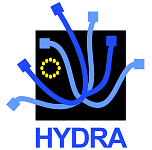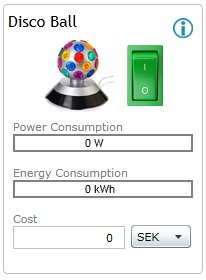- 24 Sep 2007
- Project information
- 5930 Reads
Technical scope >> WP 10 - Validation & business framework
WP 10 - Validation & business framework
The objectives of this workpackage are:- Develop a validation plan for validation of user scenarios.
- Perform user validation of functionalities, context awareness, trust, privacy and security according to the validation plan.
- Define and describe proper stakeholder roles.
- Research business modelling and identify value creation in HYDRA installations.
- Assess business potential embedded in the user applications.
- Describe realistic business cases for to be used for creating exploitation plans.
User validation will be governed by the validation framework developed in WP 2 – Iterative user requirements engineering. Internal user validation will be performed at the end of each iteration cycle and the result will be fed back to a possible refinement of the user requirements or the architecture. The validation framework will identify:
- Resource requirements
- Baseline measures from which the validation will commence
- Targeted user benefits to be achieved.
- The testing procedures to be undertaken
- Support facilities to be provided on-site and remotely whilst testing is being undertaken.
- Validation consists of performance testing and general assessment of usability and sustainability of the system compared to the established user requirements.
This business modelling research will encompass the analysis and development of realistic business model for users and service providers. The business models will be based on the concept of dynamic value constellation and emphasis will be made on defining and measuring value creation and identifying new business opportunities.





 The Hydra project is co-funded by the
The Hydra project is co-funded by the 


